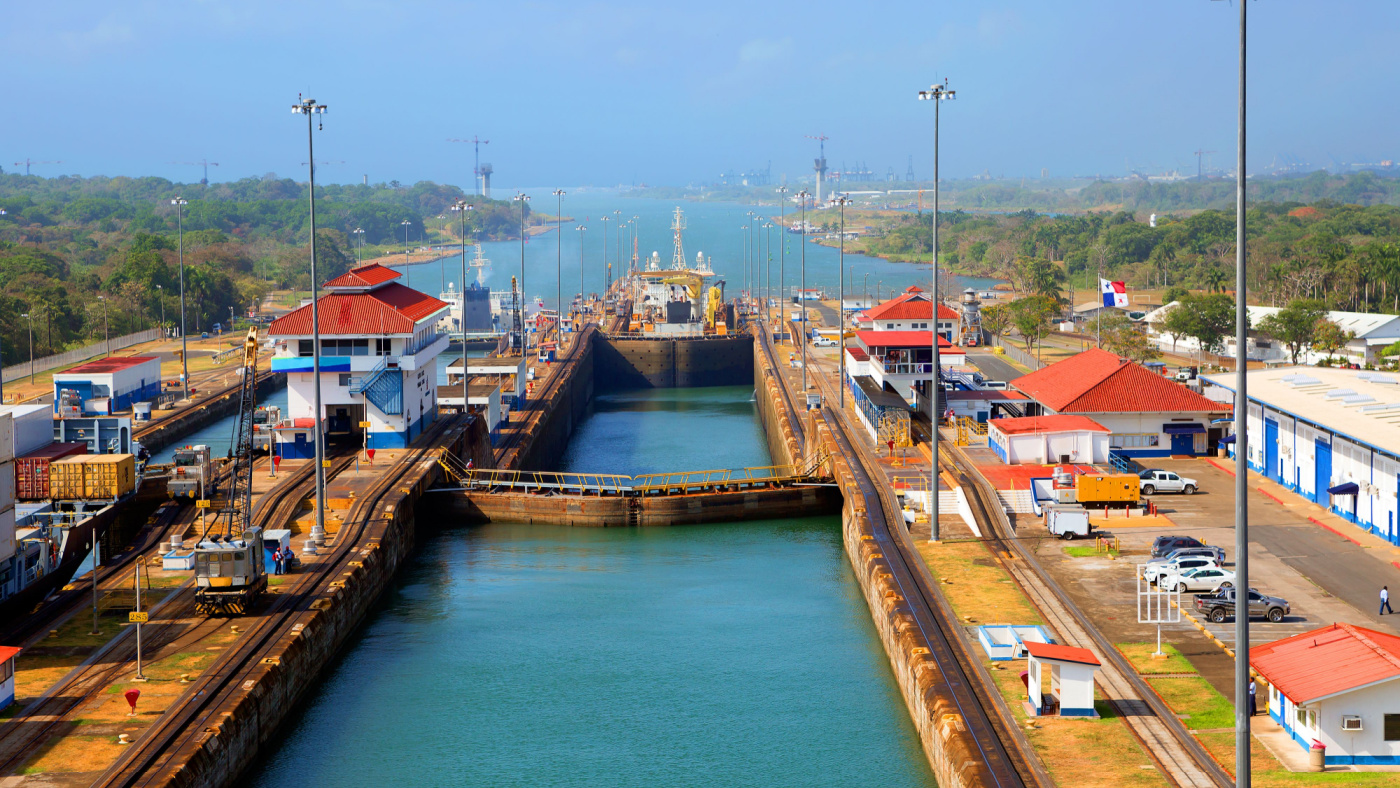Fresh water is the gasoline for the Panama Canal making it run. The man-made lake between the locks gathers that rainwater to make the locks functional to in Lake typically sits around 87 feet above sea level. Right now, it’s around 81 feet, causing the Panama Canal Authority to limit the number of transits through the canal each day.
Normally, you would expect about 38 to 40 vessel transits per day through the Panama Canal. And right now they’ve instituted restrictions. So we’re down to about 22. Now, and then it can even get down to 18. When we when it comes to February.
That’s Mike Steenhoek, Executive Director of the Soy Transportation Coalition down here in Panama. He adds that, unfortunately, vessels carrying soybeans and other grains aren’t at the front of the line to get through either.
They’re basing that restriction largely on who has the ability to pay the most. And I understand that, but those tend to be the large container vessels and the liquid natural gas and petroleum gas kind of vessels. It’s not actually the dry bulk vessel.
Steenhoek says that a confluence of events is hindering grain movements to overseas markets. Drought conditions have hit the Mississippi River as well as the canal de Panama. But now there are concerns on the Suez Canal in Egypt.
There are these Yemenese terrorists that are intercepting and attacking vessels of all types after they’ve exited the Suez Canal heading south by the Arabian Peninsula, to the point where a lot of these ocean carriers are saying we’re gonna suspend operations through the Suez Canal because it’s not safe
And all of these events are costing US producers money, money they cannot just afford to absorb.
And if we try to pass those costs on to our customers, customers will respond by saying, “Well, maybe it’s a good day to buy more from Brazil.” And so that is our reality. So a lot of those costs are ultimately absorbed by the farmer.
Steenhoek says we do benefit in the US from having a strong rail system to move goods to the west coast to ship out from there, but that comes at an increased cost as well. To make matters worse, Panama just entered their dry season that runs from now through mid-April.


